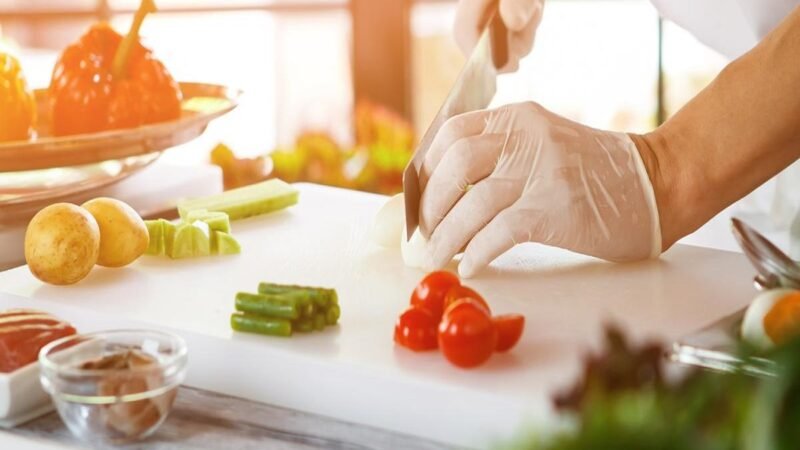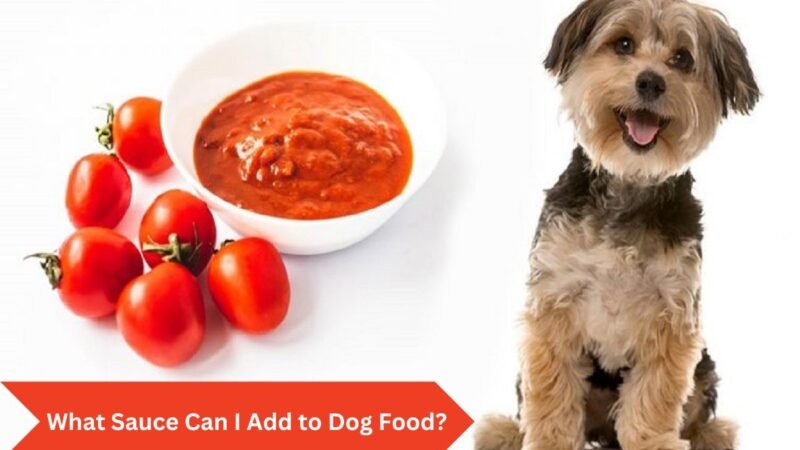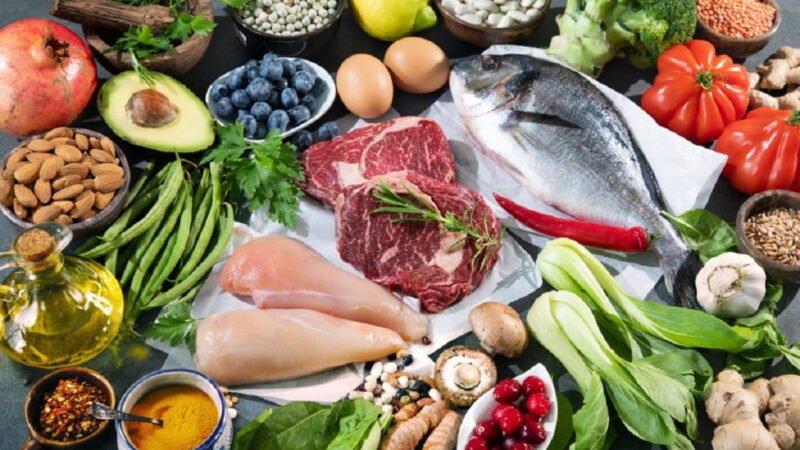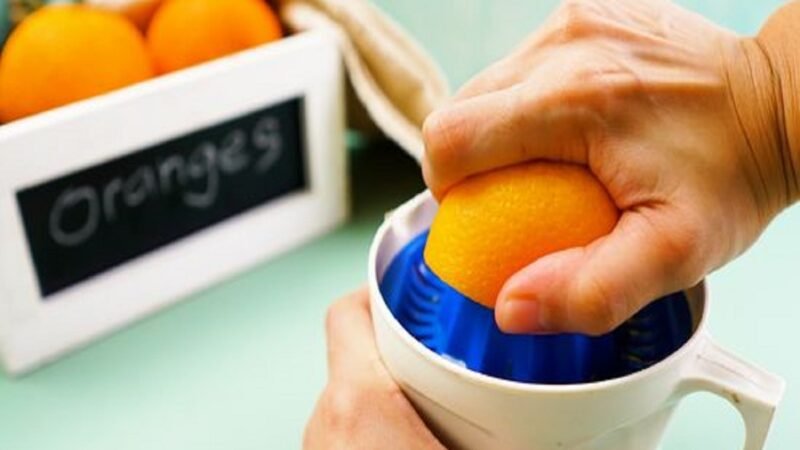When Should You Refuse to Accept Food in a Shipment?

In addition to meeting their dietary needs, the quality of the food people eat has a big impact on what they like to eat and how much they eat. But food companies know that they can usually charge more or sell more of their products if they are of higher quality. When Should You Refuse to Accept Food in a Shipment Shipped foods must be turned down if they are of poor quality?
Even though the nutritional value of different grades of canned fruits and vegetables is almost the same, the price can vary by up to three times based on other factors of quality. Processors will do anything to make sure the quality is good.
In the past, perfection has been used to describe quality. Qualitative features are those that are important and are thought to be okay. But people can have different ideas about what is acceptable.
Table of Contents
Check The Quality Of The Food
Scientists have to think about a lot of things when they decide how good a food product is. Some of these are flavor, additives, nutrients, color, composition, and functional components. But it’s also important to think about what the customer feels when they look at the food. Whether or not someone wants to buy the product depends on things like how bright it is, how clear it is, and what color it is. Also, the way something feels, like how flexible or smooth it is, can be important. The word “mouthfeel” includes a few more things, like chewiness, tenderness, texture, and softness.
There have been a lot of changes in the food industry over the past few years. To meet the growing demand for healthier food. Many chefs have had to change their recipes in order to make them healthier. Most of the time, this means taking out harmful chemicals or replacing them with healthier ones. The goal of these programs is to make sure that the food we eat is safe and good for us.
The Delivery Is Late or Not Matched To Demand.
If the delivery is late, you might want to turn it down. If you don’t catch it, a shipment that is late can cause other problems. For example, if you ordered your goods for spring but didn’t get them until the end of winter, you might have trouble storing them. A late shipment can also mess up the supply chain because your business will have to pay for the stock that is sitting around and not being sold.
The product doesn’t match what was ordered or expected.
If your supplier sends something different than what was ordered or expected, this could also be a problem. If they send you the wrong amount or type of product, you might not want to accept the shipment unless you have no other choice (such as if the product is custom-made).
But if your supplier sends out different-colored iPhones instead of black ones, this won’t be a big deal for your business, especially if it’s something that can be easily fixed with little work on your part (for example by adding a sticker on top).
What are some common reasons to refuse food in a shipment?
Food that has passed its expiration date is a common reason to turn down a shipment. Even if the food is still safe to eat, it may not be as fresh or of the same quality as when it was first packaged. Food that has been damaged in shipping is another reason to turn down a shipment.
This could include signs that the food is going bad, like mold or leaks, or damage to the food itself, like broken cans or torn packaging. If the food looks like it has been changed, it should also be turned down. Lastly, the food can be returned for a refund or replacement if it doesn’t meet the requirements listed in the original purchase order.
For example, if the amount of food in the shipment is less than what was agreed upon or if the type of food is not what was expected. By following these rules, you can help make sure that you only get good food that meets your needs and expectations.
The Very First Thing To Do When Receiving A Delivery
The first thing to do after getting the food is to make sure that everything is there and that the shipment is correct. Look at the food package. Because of this, steps that aren’t necessary, like making sure the temperature is safe and testing the products, or steps of inspection, are cut down. Food should only be delivered and picked up in places that are safe for customers and won’t get the food dirty.
Items that are not food, like tools and cleaning supplies, should not be brought to this area. Also, ask for safety documents to make sure that the food that is shipped to your home is safe and up to date. As was already said, a well-trained person should be put in charge of the verification task to make sure it is done right.
For the employee to be able to handle the verification task, which is needed to do an inspection, they must be trained on different things.
Cheak the Temoerature on TCS Foods
When products are delivered, you need to check their temperatures and send back any that aren’t in the right range. Use an accurate meat thermometer to make sure:
- TCS foods that are colder than 41°F
- Milk is 45°F or less (but it needs to be 41°F or less in 4 hours).
- Eggs in the shell are at least 45°F.
- Hot TCS food is at least 135°F.
- When you get frozen food, it’s solid.
Put the thermometer probe into the thickest part of raw meat, poultry, or fish, which is usually the middle.
For food that is vacuum-sealed, put the thermometer between two packages without puncturing the packaging.
In the case of other packaged foods, like milk, open the package and fully submerge the sensor without letting it touch the packaging.
Checklist for safe food shipment
Before you order from a supplier or sign a contract with them, your team needs to decide what you’ll need to check when the food arrives. There are many parts of shipments that need to be checked, and the person in charge of food must be well-trained to spot any problems.
Examine Food Packaging
Whenever food is delivered for food service, the packaging should always be looked at. Any package with holes in it should be thrown away. If the ends of a can are bulging, don’t buy it. Nothing should be taken if the seal is broken, the label is missing, or the package is dirty. Don’t buy anything that looks like it might have been messed with.
When Food Shipment Is Spoiled, How To Tackle It?
If the food that was shipped goes bad, the person who took care of it should be responsible and do everything that needs to be done to get the food back. This includes making a note of the situation and making important reports so that the food can be sent back.
Some of the food we get from our suppliers doesn’t always meet the standards we set. In these situations, you need to do a full investigation. In order to figure out why the problem is happening and decide whether or not to send the item back. This process can’t be done without the right paperwork and a strong reason to go back.
Before agreeing to any of the supplier’s specific conditions or requirements, you should always make sure that your own needs have been met. Information about the shipment, like the time and date of delivery, as well as the driver’s name and the number of the vehicle’s license plate, need to be written down. Note things like the name of the person who handled the food and pictures of the product once the product comes.
The Food Is Past Its Expiry Date or May Pull a Health Risk.
If you get a shipment of food that has passed its expiration date, taste it again before sending it out. You can also check with the supplier to see if other customers have complained about products that have passed their expiration dates.
If you’re worried about a certain batch of products, you should test them before sending them to your customers. You can either test it yourself or send it to a lab.
Some reasons why someone might not want to eat are:
- The food is either past its use-by date or could be bad for your health.
- There are foreign substances in the food.
- The food is old, smelly, or broken.
- The food has been changed or given the wrong name.
Food in this shipment has been recalled by the FDA because it could be dangerous. The shipment has something that could be harmful to you and your customers, like a salmonella-tainted frozen chicken breast.
How can you prevent your business from accepting shipments of food that may be refused by other businesses?
There are several ways to keep your business from taking food shipments that other businesses might turn down. The first is to know the rules about food safety that apply to your business and keep them up to date. You should also have good relationships with your suppliers and talk to them regularly about how they keep their food safe.
Lastly, you should always look over food deliveries before you accept them. This will help you find any problems that might come up. And make plans for the food to be returned or thrown away in the right way. By taking these steps, you can help make sure that only safe, high-quality food products are brought into your business.
When Should A Poultry Be Rejected?
If chicken has an awful smell, it shouldn’t be sold. When something is dry, sticky, or slimy. If there are any signs of slime or stickiness. If the neck area has any green or purple colors. All of this is because the chickens were kept at the wrong or dangerous temperature.
Even if the chicken is fresh when it is loaded, if the shipping conditions aren’t right, the chicken will die.
Even if the chicken is fresh, if it shows any of the above signs, it should be rejected or refused right away, and the situation should be reported to the supplier right away.
Assess Food Appearance and Quality
You should also look at the food. Look for colors, textures, or smells that don’t seem right. If there are any signs of mold or pest damage, throw out the food.
Reject foods that are wet but arrive dry or foods that are dry but arrive wet.
Fish, meat, and poultry that are still raw shouldn’t be slimy, sticky, dry, or soft enough to leave a mark when you touch them.
Conclusion
So, there you have it: a few reasons why you might not want to eat food that was sent to you. It’s important to know about these things and protect your business by turning down anything that could be dangerous. And remember, if you’re ever not sure about an item or whether it should be added to your inventory. Always get in touch with the supplier to ask questions. Have you ever been sent food that you couldn’t eat? What happened, and how did you deal with it? Tell us in the comments section below!
Frequently Asked Question (FAQs) about When Should You Refuse to Accept Food in a Shipment?
Why shouldn’t you take food that is sent to you?
Shipped foods must be turned down if they are of poor quality, the packaging is damaged, the temperature is wrong, or the paperwork isn’t complete. Refusing to accept food shipments for these reasons helps keep your customers from getting sick from food and keeps your food business safe.
What food items should not be eaten?
Appearance Food that is moldy or has an odd color should be thrown away. Salami that is wet when it should be dry should also be thrown out. Don’t take any food that has signs of pests or damage from pests. Texture Meat, fish, or chicken that is slimy, sticky, or dry should not be eaten.
When is it okay to turn down a shipment of chicken?
Answer: A. When the surface temperature of the meat on a shipment of chicken is 80°F, the shipment should be sent back. This temperature is a strong sign that the chicken was shipped in a van or truck without a refrigerator or with a broken one.
Is the FDA food code a federal law?
The Food Code from the FDA is not a federal law. It is the FDA’s best “advice” on how to make sure that food sold in stores and served in restaurants is safe, protected, and presented in the right way. It is up to the agencies in charge of food safety to either adopt the FDA code or change it to fit their own needs.
When shouldn’t you accept food that is sent to you Quizlet?
How good the food is that you buy is very important. Make sure to throw away food that is moldy or doesn’t seem right (e.g. moist foods should never be delivered dry). Don’t buy anything that shows signs of damage from pests. Any food that smells or looks strange should be thrown away.
At what temperature should frozen food deliveries be turned down?
When being shipped, frozen food must be kept at 0°F, and the temperature inside the food should never go above 10°F.
Can you keep food that was sent to the wrong place?
It’s called “unsolicited good” when a company sends you something you didn’t ask for. When these things happen, you have every right to keep them. If someone sends you goods that you didn’t order, you don’t have to send them back or pay for them.
Read More:
Deltawifi with Airlines Wifi Portal Login Guide
How much Does Pete Nelson make Per Episode?





